Bay Area Rapid Transit operates heavy rail transit, mostly underground on the peninsula, while the San Francisco Municipal Transportation Agency, known as Muni, operates the city’s light rail lines, designated with letters. Muni and the nonprofit Market Street Railway operate many historic streetcars.
Freight operations, such as SP’s Mission Bay Yard, as well as the San Francisco Belt, Santa Fe, and Western Pacific have largely disappeared. One that remains is Union Pacific’s “dirty dirt” train at Pier 96 [see “Dodging Bullets and Other Assorted Tales,” July 2007].
Chasing down the city’s relics can be just as much fun as chasing its trains. The San Francisco Belt Railroad’s roundhouse still stands at the intersection of Sansome and Lombard on The Embarcadero, the road that skirts the eastern edge of the city, converted to office space. The former Southern Pacific headquarters building is on Market Street.
A little more digging will yield other artifacts of railroading past, like short, disconnected stretches of track still embedded in streets and the occasional crossbuck left in commercial areas. Visitors should keep this in mind as they travel the city streets.





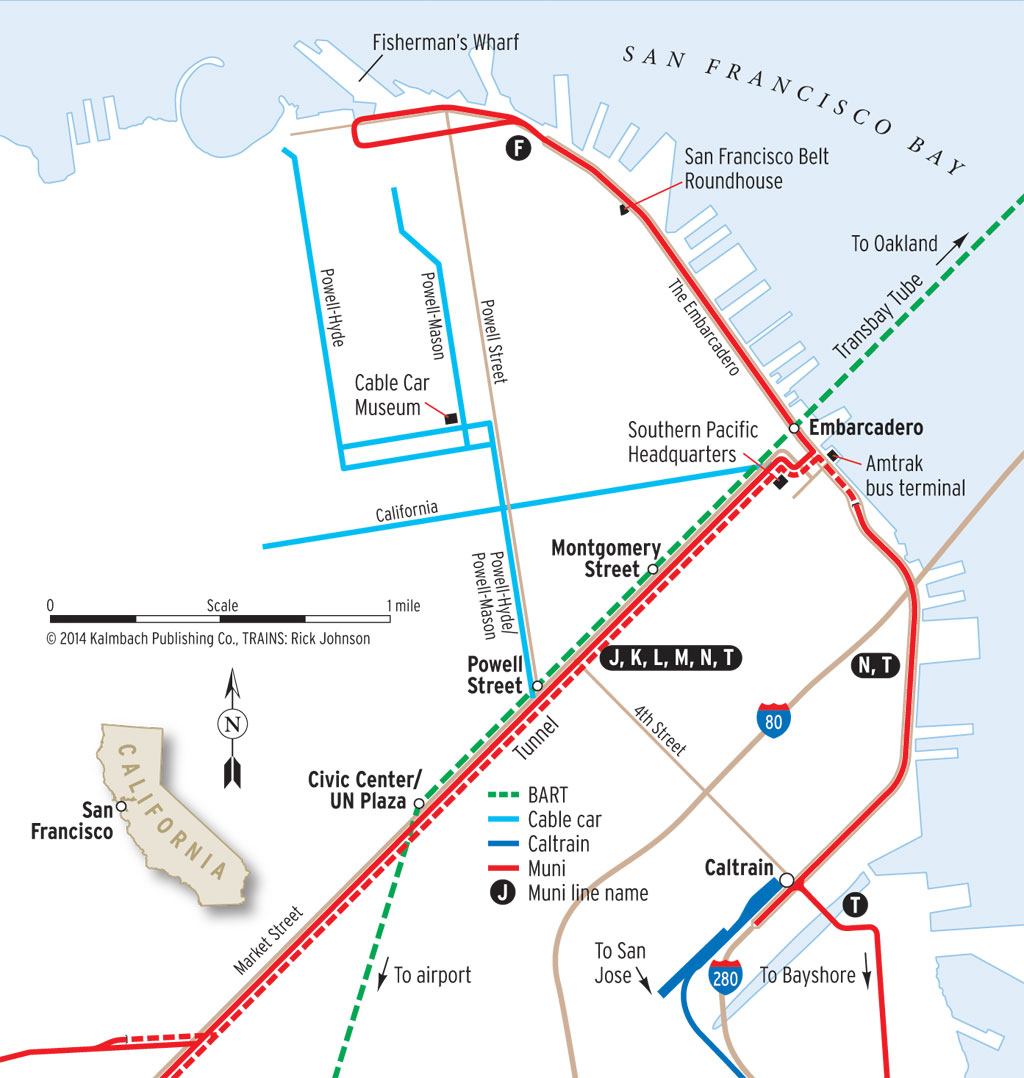
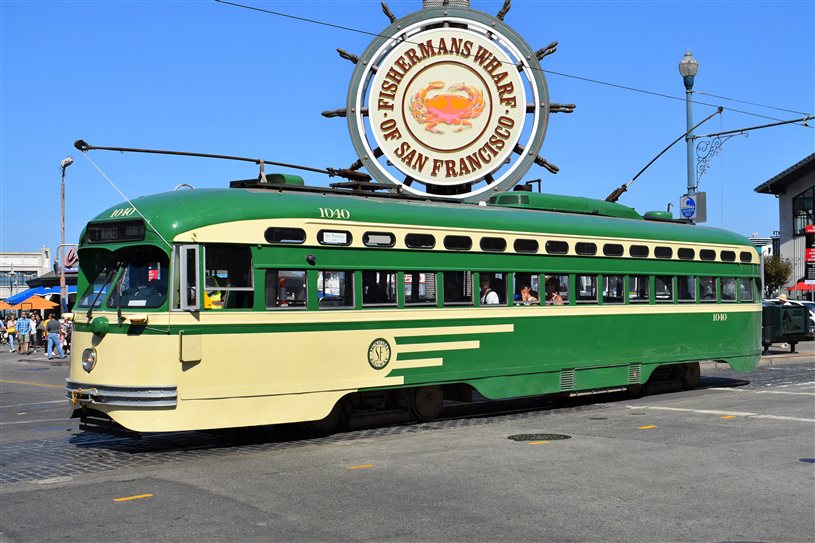
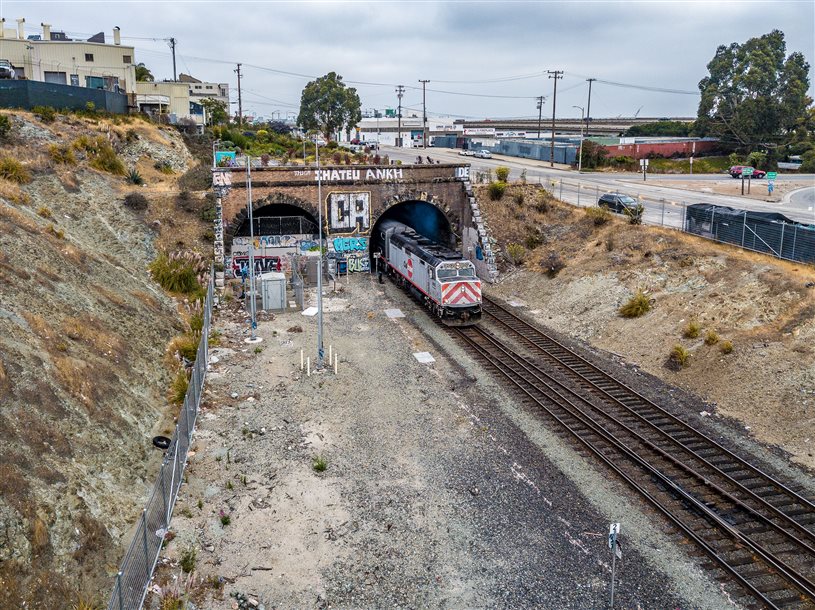
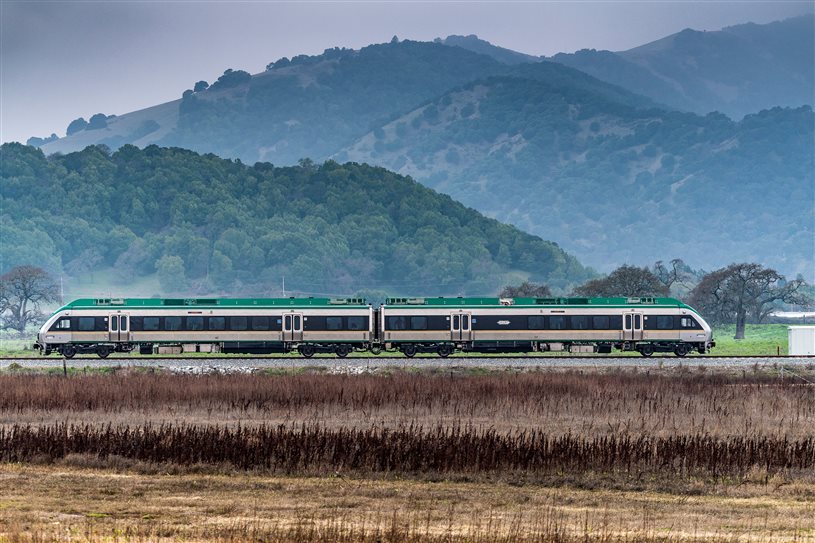
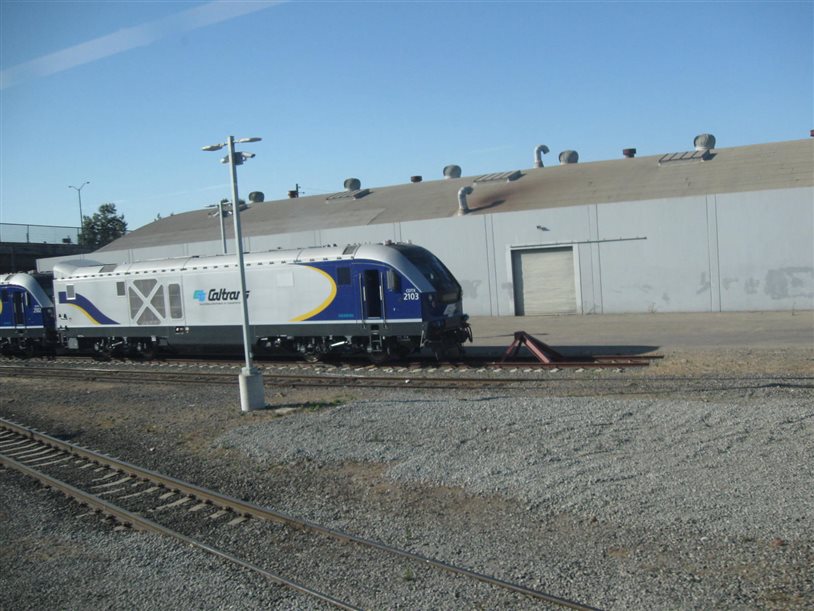
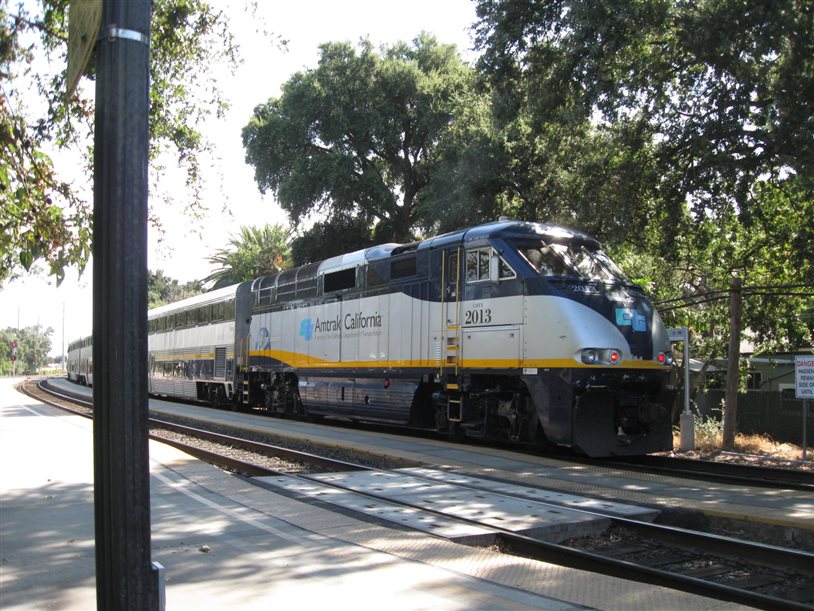











There are also occasional freight trains that travel through the area. They usually come in the evening, from around 5pm all the way till midnight. I sometimes go to the train station at night to watch these trains go by. They are usually hauling dirty (contaminated) dirt, gravel/cement, and the occasional tank car or centerbeam. These cars tend to originate from the SF Bay Railroad, which runs some old ALCO S-2’s, or from South San Francisco. Power is often some old Union Pacific GP60s, although I have seen GATX locomotives and rarely, an SSW patched GP60.
The world changes and so does Northern California. The engine that drives California, and America’s economy is Silicon Valley. Even SF is now considered by many as the Northwest corner of the Valley. If SF wants to build a beaux-arts train building, game on, but do it with taxes from the smaller city, not San Jose, the larger city, or the rest of Northern California.
The San Francisco Opera House with its Beaux-Arts architecture would serve as a great model for designing a railway terminal in San Francisco to host Amtrak, Caltrain, and CaHSRA. A station modeled after the Opera House would be the true Grand Central Terminal of the West.